Cast the First Stone was published as Chester Himes' third novel. In fact, it was begun before both
If He Hollers Let Him Go (1942) and
Lonely Crusade (1947) but struggled to find a publisher. What was eventually released by Coward McCann in 1952 barely resembles Himes' original manuscript, having been rewritten multiple times by the author and suffering through heavy editing and reordering by the publisher. An author in the vein of Richard Wright and James Baldwin, Himes left the US after this disappointing experience with the publishing industry. He would relocate to Paris where he later gained success for a series of novels set in Harlem featuring two black police detectives, Gravedigger Jones and Coffin Ed Johnson. In 1998, Himes' original manuscript, under the original title,
Yesterday Will Make You Cry was published by Norton, restoring an important literary work.
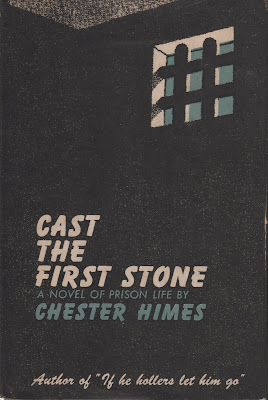 |
| New York : Coward McCann, 1952 |
Jim Monroe has just begun his sentence of twenty to twenty-five years for robbery. He's young, still a teenager really, and good looking. From the moment he sets foot in the prison, there is already competition to make him. There is an honesty about the existence of wolves and fags within the prison. It quickly becomes clear that everything in the prison is transactional; poker games, smokes, and sex.
As Jim becomes acclimated to his new environment, he begins to understand if he helps others, he’ll get something in return. While he was perceived as a prospective fag upon his arrival, he quickly gains capital by running poker games and occasionally fronting money to those in need. Others are willing to fag for him, should he want that. Over time, Jim's descriptions of other inmates becomes increasingly tinged with adjectives of beauty or a sense of attraction.
The bulk of novel is focused on the day-to-day activities of the prison; work assignments, meals, working around the rules, getting caught breaking the rules, being transferred to less desirable jobs and cell blocks for breaking the rules.
While the relationship between inmates and guards is always adversarial, there are examples of violence against inmates resulting in broken bones and even death. One prisoner dies of pneumonia while in the hole because the guards won’t allow him to see a doctor. During an escape attempt, prisoners from other wards brutalized or kill several guards in the process. When the prisoners are caught, punishment is swift. When a fire breaks out hundreds of inmates die while locked in their cells. Guards do little to save them and many inmates put themselves in danger to save others.
Jim longs for connection with others, but he rejects the constant conversation about sex with other inmates. Metz is the first inmate he meets that he has a true connection with. They talk about everything including religion and philosophy. It is in the aftermath of the fire however that Jim finally asks Mal, an inmate he met on his first day, to be his woman and kisses him. This traumatic event and his need for connection begin to change how he sees relationships. Later, an innocent friendship with Dido, a young inmate who is unsteady and quickly grows dependent on Jim, grabs the attention of the other inmates and the guards. Dido is devoted and would do anything for Jim. Their complicated relationship puts Jim's possible commutation at risk.
Told in the first person,
Cast the First Stone reads like a pulp novel, with a focus on sensational themes. Hiding between the lines are glimpses of the true emotions of the characters but the focus is on the action of the story, not about how the characters feel about their situation.
 |
| New York : W.W. Norton, 1998 |
Yesterday Will Make You Cry feels related to
Cast the First Stone, but is obviously the more sophisticated and complex of the two. Told in the third person and including an extended flashback that provides the background of Jim's childhood, the characters are more complex. They aren't a caricature of the 'prisoner.' While they are tough, they also have feelings and crave human connection.
Yesterday retains some of the pulp sensibility and language, surprisingly for the 1930's using the f-word. However, the overall feeling is of a true literary work — complex and engaging.
In Melvin Van Peebles' introduction, he discusses the problematic cover copy on the 1950s paperback release which certainly implied that the novel was about black prisoners. This, no doubt, came from a belief that a black writer couldn't (or wouldn't be permitted to) write white characters. While there are black characters in the novel, all of the central characters are white.
Peebles' criticism is so strong, that it is truly jarring that the publisher decided to use an archival photograph on the dustjacket that shows a prison lineup of all black men. Further exacerbating the message, when Library of Congress created the catalog record for the work, they assigned it a subject of Afro-Americans—Fiction. It appears we still can't imagine a black man writing white characters.
Bibliographies & Ratings: Cast the First Stone: Cory (III); Garde (OTP, a***); Young (1826 *)








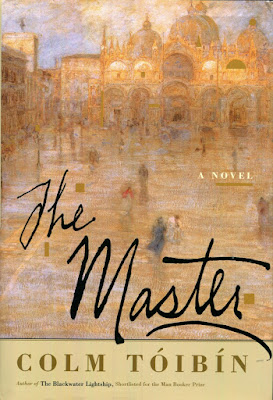







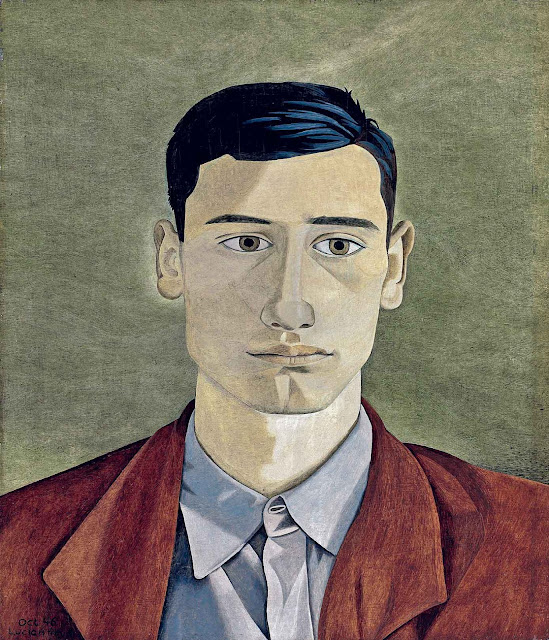






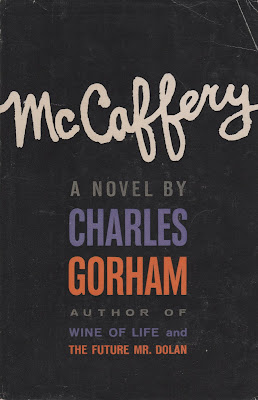


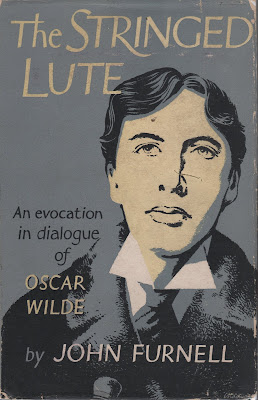


![Left: Oscar Wilde : Tre Atti by Niccolò De' Colli Firenze : Gruppo di cultura fiorentino degl'ISVICI, 1933 Right: Le procès d'Oscar Wilde : Pièce Inédite, en Trois Actes Précédés d'un Prélude by Maurice Rostand Paris : [publisher not identified], 1935 Left: Oscar Wilde : Tre Atti by Niccolò De' Colli Firenze : Gruppo di cultura fiorentino degl'ISVICI, 1933 Right: Le procès d'Oscar Wilde : Pièce Inédite, en Trois Actes Précédés d'un Prélude by Maurice Rostand Paris : [publisher not identified], 1935](https://blogger.googleusercontent.com/img/b/R29vZ2xl/AVvXsEgz5SZ5FHS4zobiRc6Y74P5SsTjZjWRyAbnNRUjFS9Jf1vuLmhZ0si7CpF0hvurSyAHAdu9xCbt1jd-ZFZIOmv_NWG6ETF6xepsLklFopBMweEgIEr2QZv5bUMv2n5CrUd_gPD-KmY_kgY/s320/Colli_Rostand_OscarWilde.jpeg)



